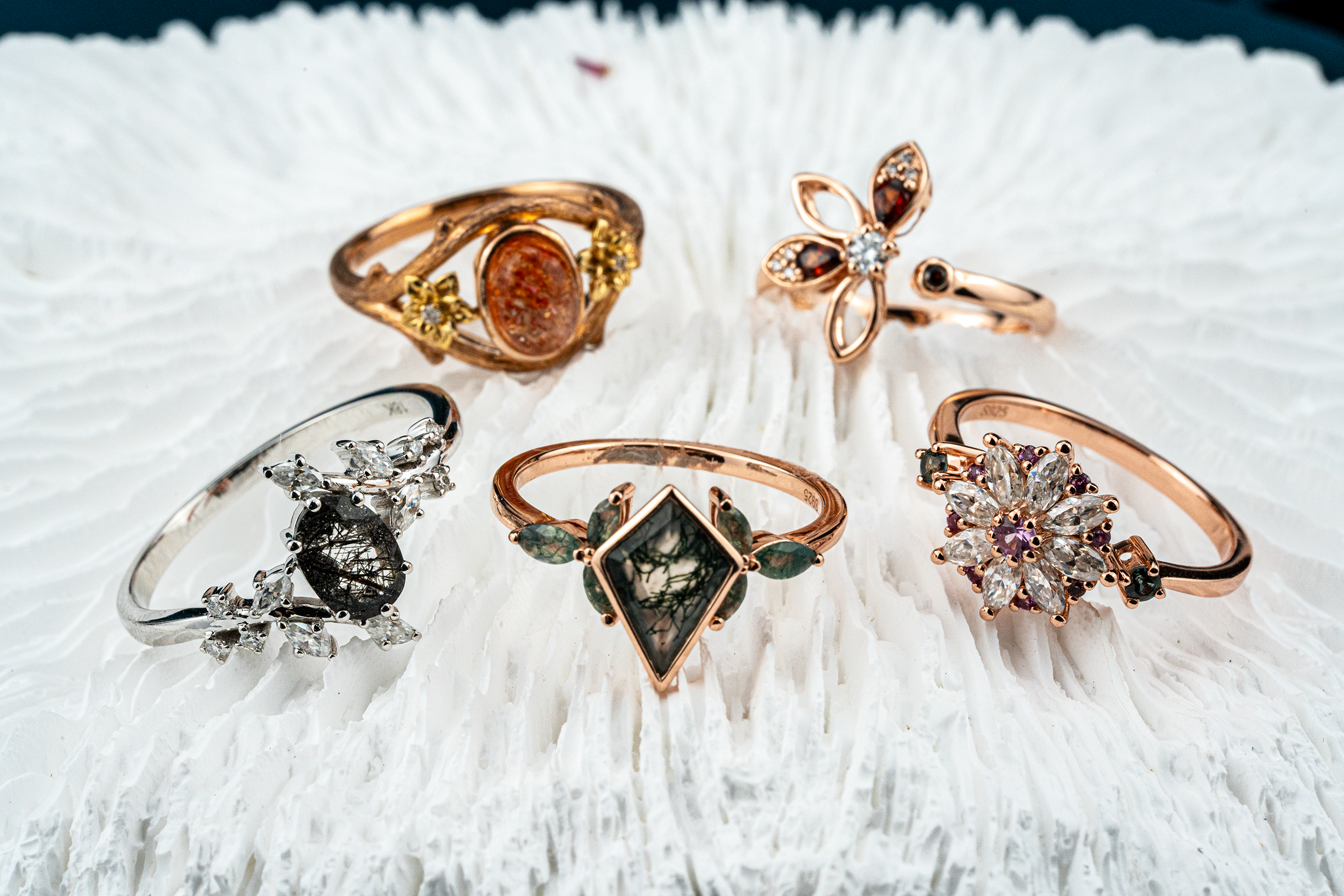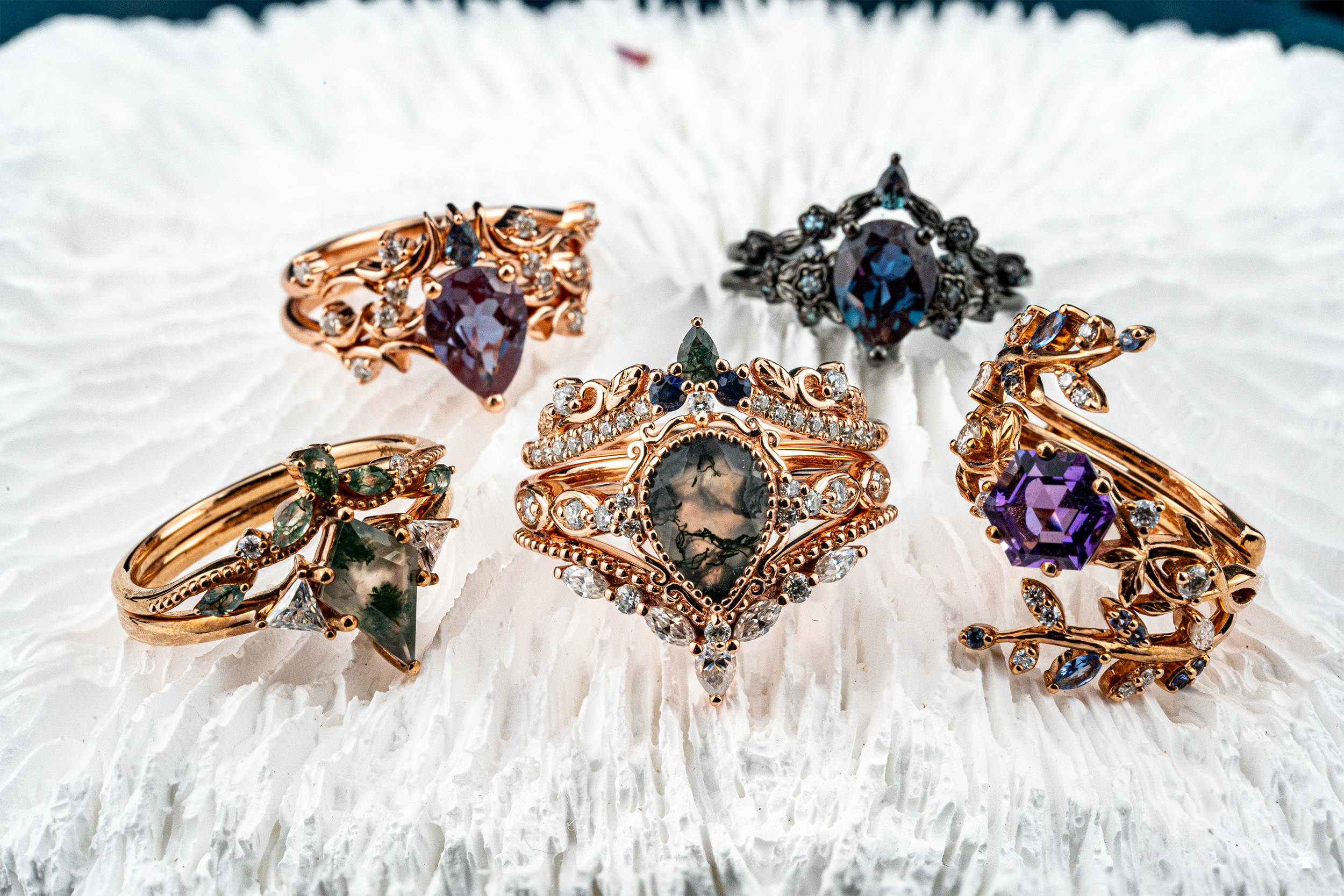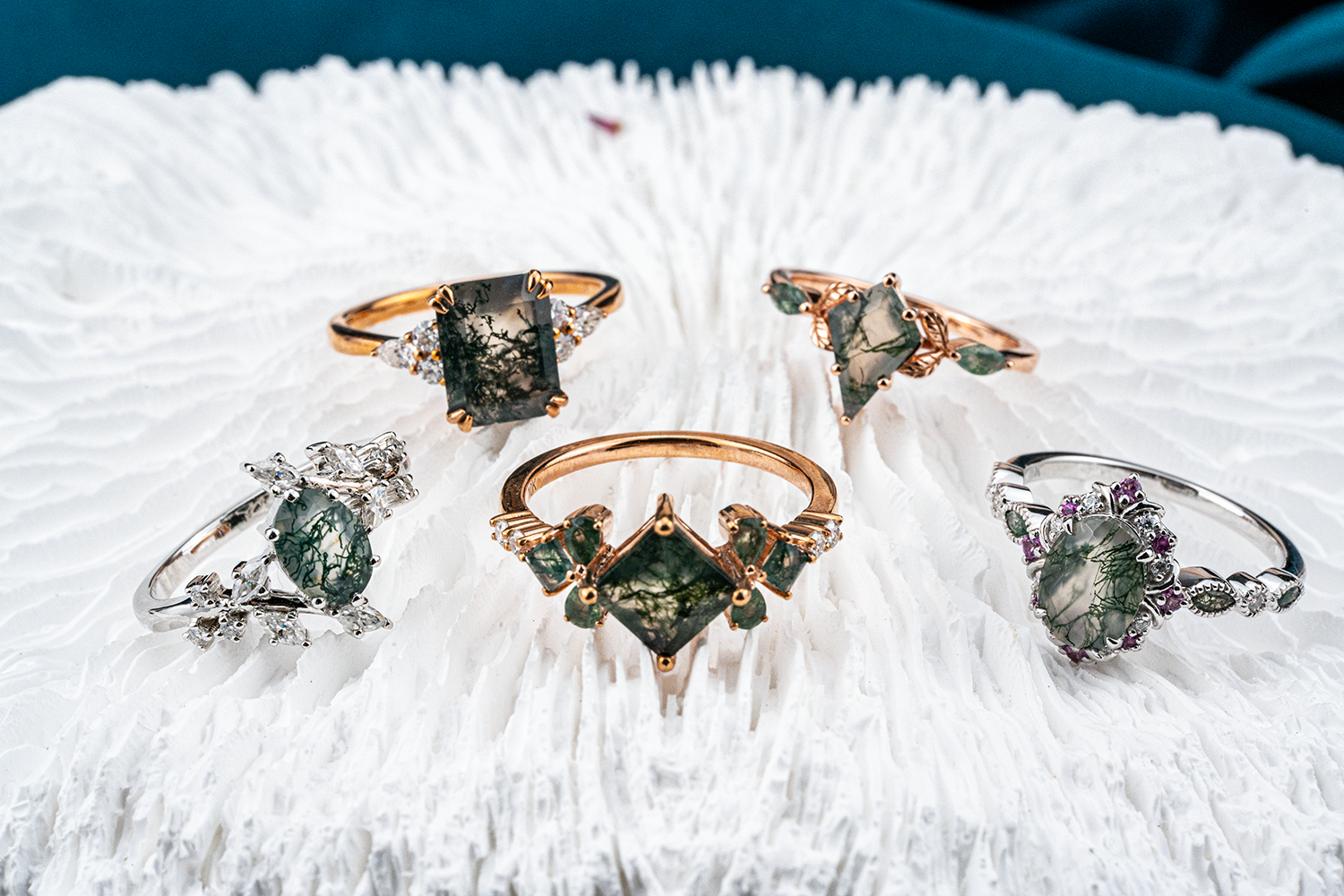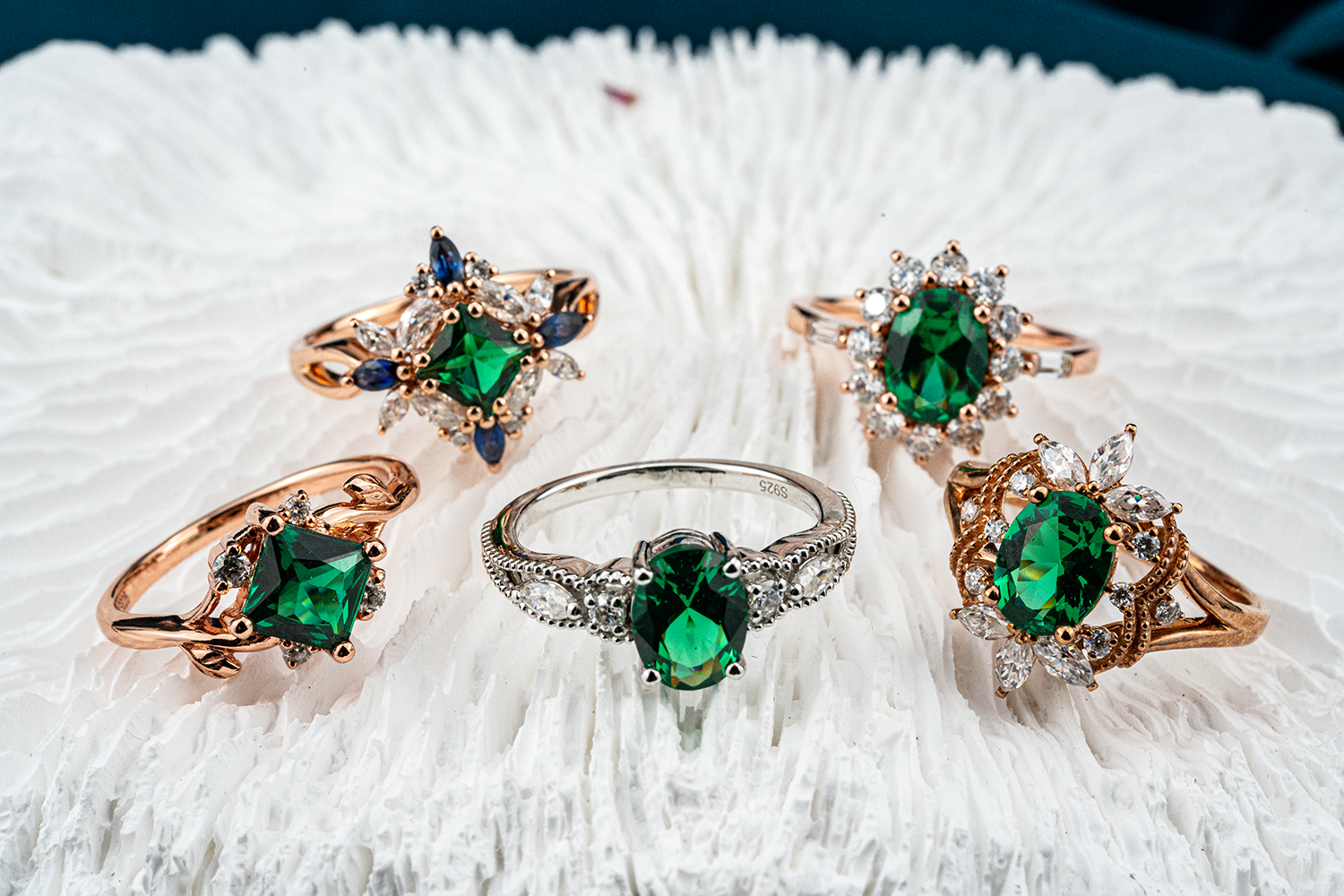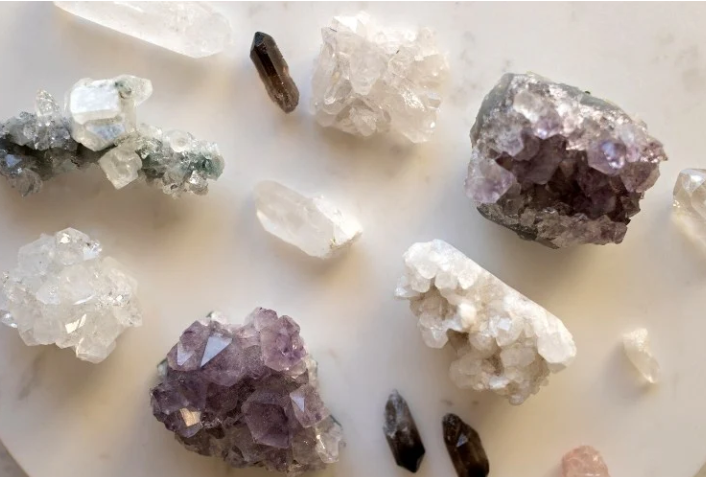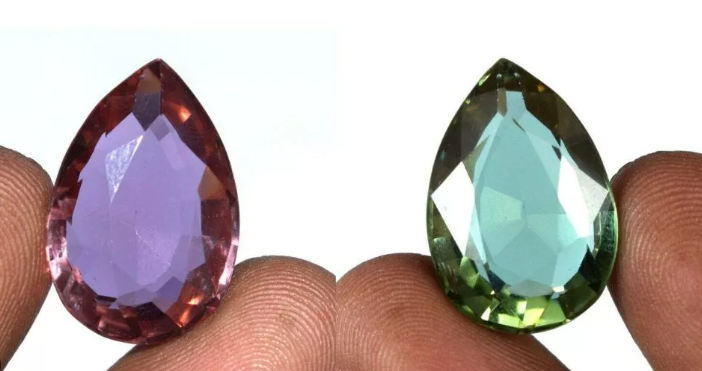
Alexandrite: A Mysterious Gem from Ancient Times
Alexandrite was first discovered in the 1830s and was named after the Russian Emperor Alexander II. It was originally found in mines in the Ural Mountains and soon attracted the attention of the nobility and wealthy. Alexandrite became a popular jewelry material in the 19th century, especially during the Tsarist era, where it was often used as a luxurious decoration to symbolize power and wealth.

Alexandrite is an extremely rare color-changing chrysoberyl mineral. This type of alexandrite is formed by combining aluminum and beryllium with iron, titanium, and most importantly, chromium.
This causes the color of the gem to change depending on the lighting conditions. It usually appears emerald green in daylight and purple-red in incandescent light. However, it can also appear yellow or pink. Some rare specimens even produce a cat's eye effect when cut into cabochons

Alexandrite originally came from Russia, but today it is found all over the world, including Brazil, Sri Lanka, and Tanzania. The color and quality of alexandrite in these regions varies, with Tanzanian alexandrite being highly valued for its dark color.
Alexandrite is mainly used in jewelry such as rings, necklaces and earrings. Its color-changing properties make each piece unique and suitable for wearing on various occasions. In addition, in some cultures, Alexandrite is also regarded as a gemstone with mystical powers and is often used to convey good luck and protection.

Alexandrite is becoming more and more popular among investors due to its rarity and uniqueness. The demand for high-quality Alexandrite in the market is growing, and its price is gradually rising.

Therefore, as an investment, Alexandrite has good potential. But be sure to choose a reputable jeweler when purchasing and ask for relevant appraisal certificates to ensure the authenticity of the gemstone purchased.

